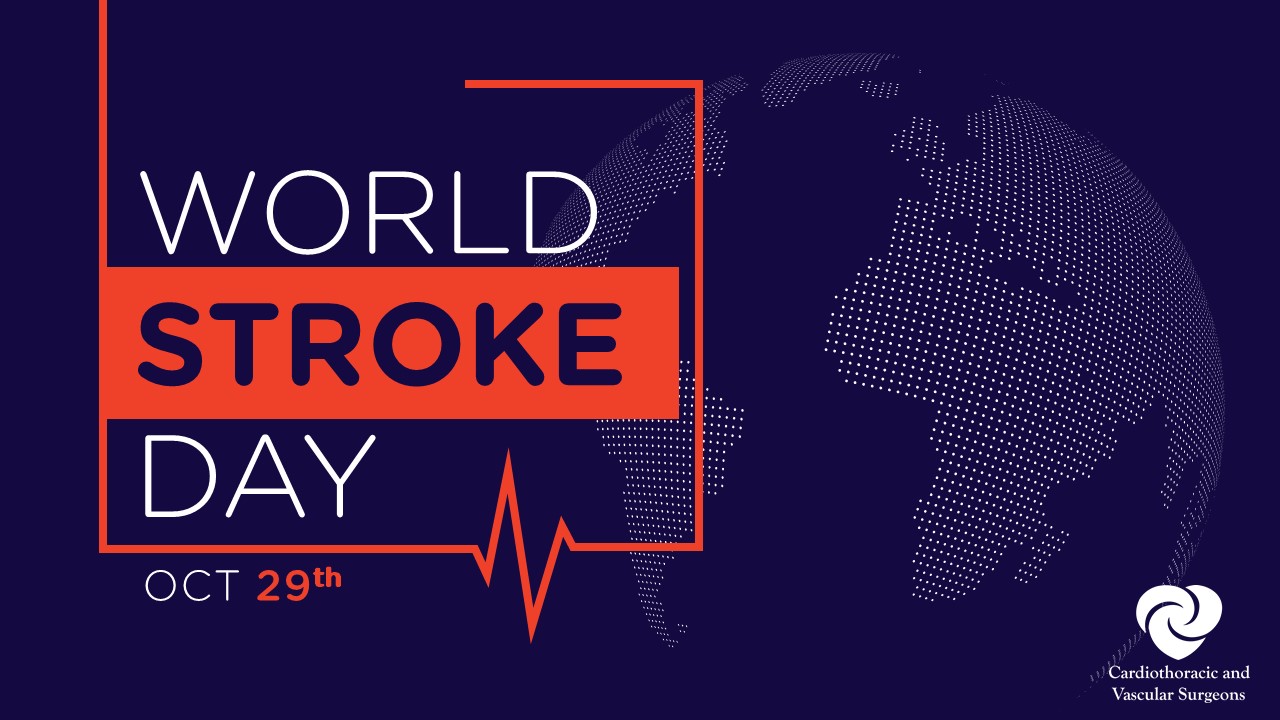Stroke strikes roughly 13 million people each year in this country, and unfortunately around 5.5 million people will die as a result. That’s approximately one out of every 4 adults who are affected. Today stroke also is the leading cause of disability worldwide.
A stroke occurs when blood flow to the brain is disrupted resulting in a loss of oxygen which is essential for it to function. It is most often due to a clot in an artery that supplies blood to the brain or a hemorrhage from a burst vessel that leaks blood into the brain.
As scary as strokes sound, 90% of them are avoidable if certain risk factors like hypertension, physical activity, unhealthy diets and smoking are addressed.
October 29th is World Stroke Day, and we want to ensure that you can spot the signs of a stroke.
What are common signs of a stroke?
An easy way to remember stroke symptoms (and what to do) are to remember that they come on F.A.S.T:
- F-face dropping
- A-arm weakness or numbness
- S-speech difficulty
- T-time to call 911
Additional signs of stroke may include:
- Confusion
- Blurred vision
- Trouble walking or balancing
- Severe headache
If you, or someone you are with, is experiencing stroke symptoms, it is important to get medical help immediately. Clot-bursting drugs, or clot-removal procedures, can be highly effective at lessening the severity of a stroke, but only if administered right away.
How can you prevent a stroke?
Lifestyle changes are the most effective way to help prevent a stroke by:
- Exercising frequently
- Maintaining a healthy body weight
- Keeping blood pressure and cholesterol levels in check and taking medications as directed
- Managing stress
- Stopping smoking and limiting alcohol consumption
In patients who are evaluated as high-risk for a stroke, or a blocked artery has already been detected, additional measures can be taken for prevention. A procedure known as TransCarotid Artery Revascularization, or TCAR, allows CTVS vascular surgeons to access the carotid artery through a small incision above the collar bone. The device we use briefly reverses the direction of blood flow away from the brain so that a stent can be placed in the carotid artery. This helps it function normally, allowing blood flow back to the brain.
Stroke effects can vary widely, but the quicker treatment is received at the onset, the better the chance is for survival and avoiding long-term damage such as paralysis, memory loss, or impaired hearing and speech.
To schedule an appointment with any one of our vascular specialists, please visit ctvstexas.com or call us at (512) 459-8753.
Don’t forget to follow us on Facebook and Twitter and check our blog for regular updates.

